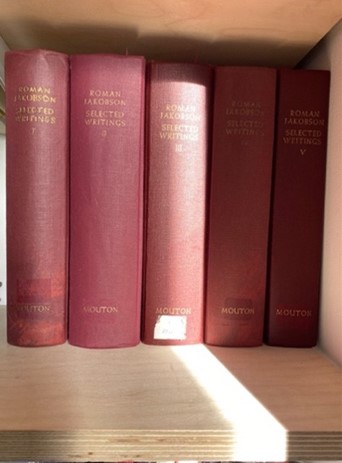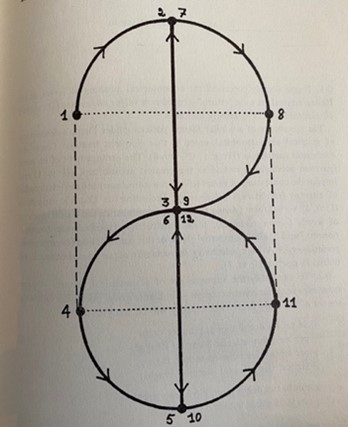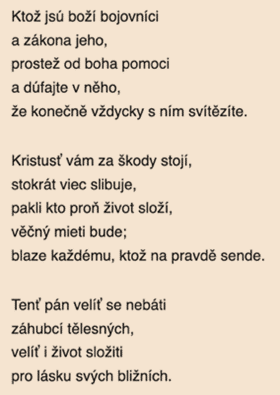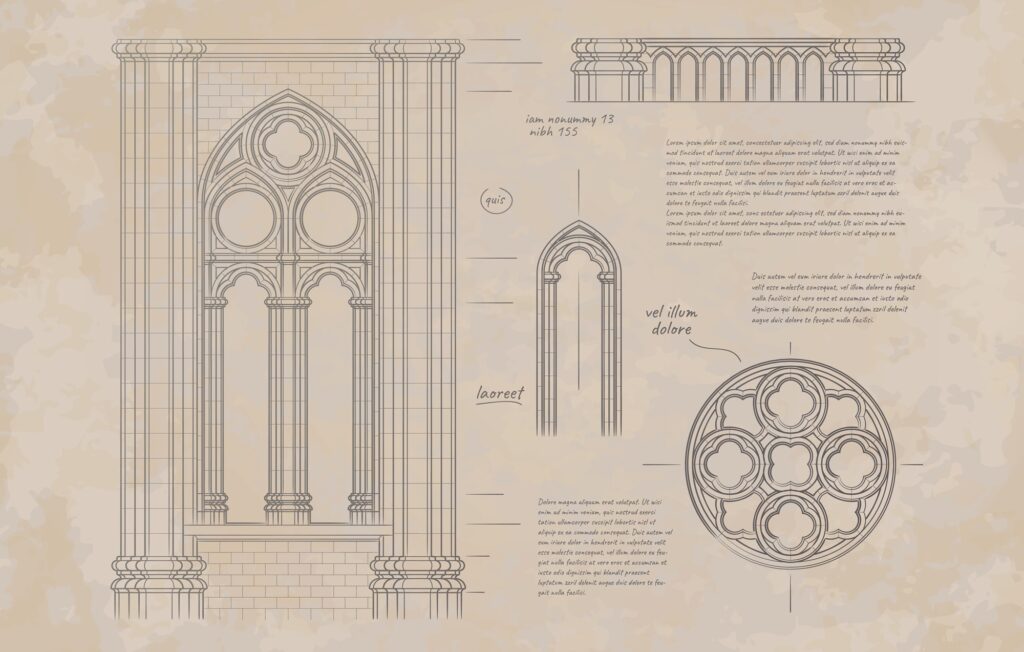
The Selected Writings of Roman Jakobson inhabit a somewhat sacred site on my shelf. Born in Moscow in 1896, he passed away in Cambridge, Massachusetts in 1982. The chapters in these volumes are written in Polish, Russian, English, French, Italian and German. What stands out for me in the work of this polyglot and linguist are the drawings and the references to architecture. ‘Monumental grammar’, ‘a vocal drawing’, and ‘grammatical architectonics’ evoke an architecture of language. At one point he states ‘a spatial design of biblical stamp underlies the whole poem’.

As he discusses a poem by Martin Codax he alerts us to the rigorous selection and symmetrical distribution of grammatical classes. The distribution of pronouns is but one example. Another notable drawing is part of his study of Monk’s Siluan’s Eulogy for Saint Sava, from a 14th century manuscript.

It is in his treatment of an early 15th century Hussite battle song that it is possible to imagine its architecture. There is a remarkable analogy between the role of grammar in poetry and spatial compositions based on a geometrical order. This revolutionary poem and battle song is not about decorativeness or mannerism. It’s almost free from figurative language. It is its grammatical structure that is elaborate. It is divided into three strophes and thus displays a trinitarian form. In Here Jakobson’s word choice and method are seminal for the study of the architecture of language. He discerns ‘vertical similarities’ between the grammatical features of each strophe. Each strophe is made up of three smaller units and there are ‘horizontal similarities’ between their properties. It is again the noticeable grammatical similarities that bring together smaller units across the song, which Jakobson visualises as arcs. There is a ‘higher upright arc’, or connection between the central unit of the first and third strophes with the initial unit of the second strophe. In a similar way he discerns a ‘lower upright arc’, as well as a ‘higher and lower inverted arcs’. This is the ‘geometricity’ of a Hussite poem.

https://www.karaoketexty.cz/texty-pisni/lidove-pisne/ktoz-jsu-bozi-bojovnici-404098
This design must be viewed against the background of Gothic art and scholasticism. Jakobson’s work is central to a concrete historical search for ‘the convergent development’ or the interaction between the verbal and the representational. Poetic work exploits an inventory of masterly devices, the shape of this song, its grammatical texture corresponds to compositional principles in early 15th century Czech painting. Jakobson also remarks that this masterpiece of revolutionary poetry ‘inherited from opulent Gothic stock’ forms of grammatical parallelism.

There are many such elements scattered throughout a vast literature. I believe it is possible to bring together aspects of such monumental grammar, to articulate the idea of an architecture of language, and to ultimately make it palpable.
References
Jakobson, R. (1981) Selected writings III Poetry of grammar and grammar of poetry. Edited, with a preface by Stephen Rudy. The Hague, Paris, New York: Mouton Publishers.
(pp.149, 272, 622, 674, 341, 175, 204, 93, 94, 95, 96, 97)
Shenker, I. 1971 Jakobson: Great in any language. The New York Times, October 11th.